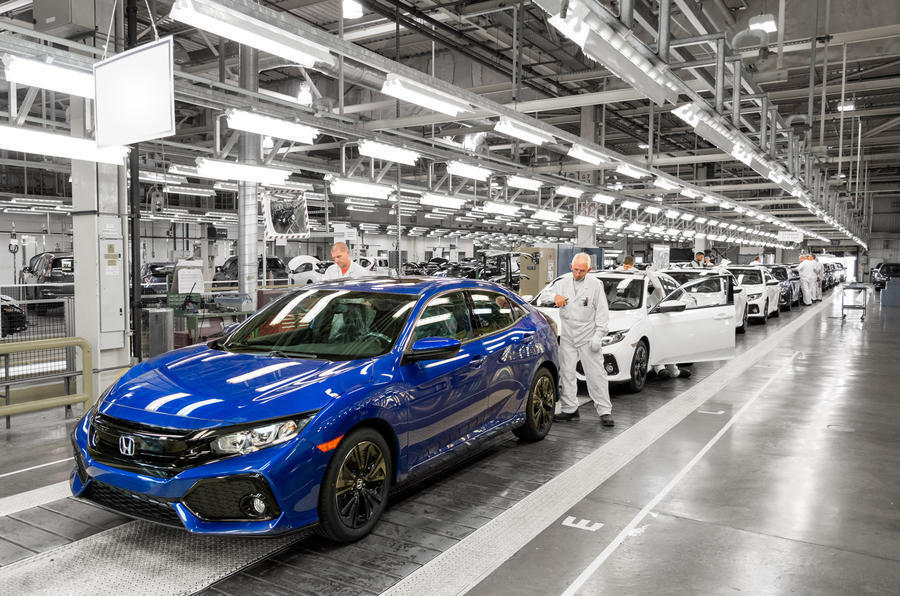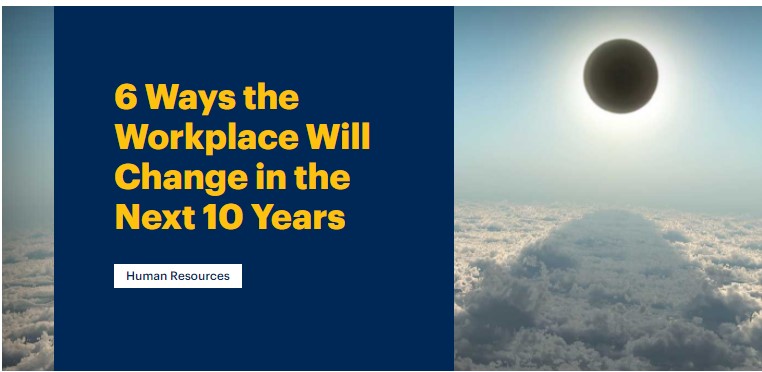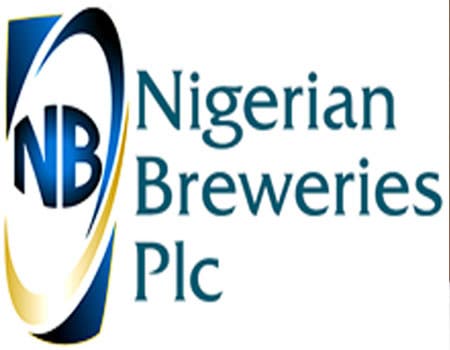Current trends in business and technology show that the way employees work — where, when, why and with whom — will change completely over the next decade and bear little resemblance to work as it stands today.
 CHROs need to be prepared for what’s coming. De’Onn Griffin, Senior Director Analyst at Gartner, outlines six ideas about the future direction of the workplace and how organizations can prepare for it.
CHROs need to be prepared for what’s coming. De’Onn Griffin, Senior Director Analyst at Gartner, outlines six ideas about the future direction of the workplace and how organizations can prepare for it.
“We Working” will eliminate middle management
However, in 2028, the complexity and scale of business objectives will demand the involvement of brain power and expertise across boundaries in more intricate ways.
By 2028, employees will use avatars, language software, conversational interfaces and real-time dialect translation to work and speak with team members
Organizations will therefore gravitate toward a new work philosophy called We Working. This philosophy involves designing small and flexible teams in response to fluctuating workloads, shrinking time frames, and intense flurries of information exchange and coordination. We Working will encourage businesses to create small, autonomous and high-performing teams that form, converge, act and dismantle as assignments change. Fueled by autonomy and trust among teammates, We Working reduces the need for human managers to assemble teams and monitor performance.
5 Resources for HR Leaders in a New RoleUnlock upskilling and digital dexterity will outweigh tenure and experience

the most high-value work will be cognitive in nature. Employees will have to apply creativity, critical thinking, and constant digital upskilling to solve complex problems. “The demand for digital skills has grown by 60% over the past several years. In today’s digital economy, the demand for new ideas, new information, and new business models that continually expand, combine and shift into new ventures and new businesses will increase,” says Griffin. “Employees must consistently refresh their digital dexterity to meet these needs.”
For HR leaders, this means a growing proportion of jobs will require postgraduate education. HR will have to establish and promote a continuous learning environment, meaning knowledge acquisition and transparency across the organization must become a part of the day-to-day operations. By experimenting with non-traditional programs such as boot camps, consumerized learning, competitions and hackathons, employees will be able to constantly unlearn and relearn.
Extreme work choices will blur boundaries, businesses and buddies
Digital business, built on vast networks and ecosystems, will increase the distribution of work across communities of people and across businesses globally.
By 2028, employees will use avatars, language software, conversational interfaces and real-time dialect translation to work and speak with team members across languages, borders and cultures, with almost no loss of context or meaning.
In this kind of system — where people may not know one another — everyone will be rating each other on trust, competence and ethical behavior, much as people rate buyers and sellers on purchasing platforms.
Technology will assess when people have worked too much and when they need to recharge by monitoring their biorhythms, nutritional requirements and exercise needs
And as the business landscape changes, leaders must use technology and information to build a hybrid workplace — physical and digital — that embraces the work styles of all their employees, not just those who are permanently employed or have strong digital skills. Leaders must consider the impact on the organizational values and culture while managing the influx of new and transitioning talent. They will need to be clear about critical roles, which need longer-term continuity and organizational knowledge and distinguish them from other roles that may be filled by temporary employees.
Smart machines will be our co-workers
Smart machines are getting smarter and more ubiquitous, not only completing tasks previously reserved for humans, but also what was thought to be impossible for machines.
By 2028, companies will start to increase the functions of smart machines, software, apps, and avatars. Employees will develop personal toolkits of virtual doppelgangers – virtual counterparts, with the help of artificial intelligence (AI) software and devices that are more accessible to their personal or team-based activities. What’s more, they will have the ability to carry their personal workplaces with them using cloud communities, open applications, and personal virtual assistants.
Extreme digital dexterity will ultimately be the modus operandi for how employees work in 2028. Increasing demands for a more automated workplace have sparked the killer combo — people and technology. Proactive leaders must investigate how the regular use of AI, smart software and robots will invigorate work strategy, and to drive competitive advantage, high performing employees should be encouraged to create and share AI tools or personalized portfolios of apps, tools, and smart technology to raise the bar for extreme digital dexterity.

We will work for purpose and passion, not just money
Increasingly, employees want to make a meaningful social impact, and they will do this earlier in their lives instead of waiting for retirement.
In 2028, people will actively seek opportunities to tie their impact and value in their work to their mission, purpose and passions. Viewing others’ posts on social media will motivate people to get more involved and contribute to social innovation and equitability.
Smart companies will make themselves more attractive not solely by money, but by offering employees an opportunity to have socially meaningful impact through work. HR should build a message that resonates and drives engagement by creating initiatives for employees to come forward with personal stories, experiences and successes in various social causes.
Work-life challenges will reveal a dark side
Employees working independently or in remote locations will face a dilemma — to fuel upskilling and manage better projects they’ll take on more work assignments, potentially to a point where they will feel like they are working around the clock. In response, achieving work-life balance will no longer be enough; employees will strive to emphasize life over work.
Eventually, technology will assess when people have worked too much and when they need to recharge by monitoring their biorhythms, nutritional requirements and exercise needs.
But there are shadowy aspects of the work-life balance in 2028. As technology closes the divide between geographically separate people, it introduces cracks in relationships and cultures. The remote distribution of work means that many employees will not build social relationships in the workplace, leading to issues of disengagement and loneliness.
CEOs and HR leaders must work together to ensure work-life balance swings back and forth for each employee as their work distribution, time and life stages change. The ability to peer into the future will make work infinitely easier for HR leaders.

